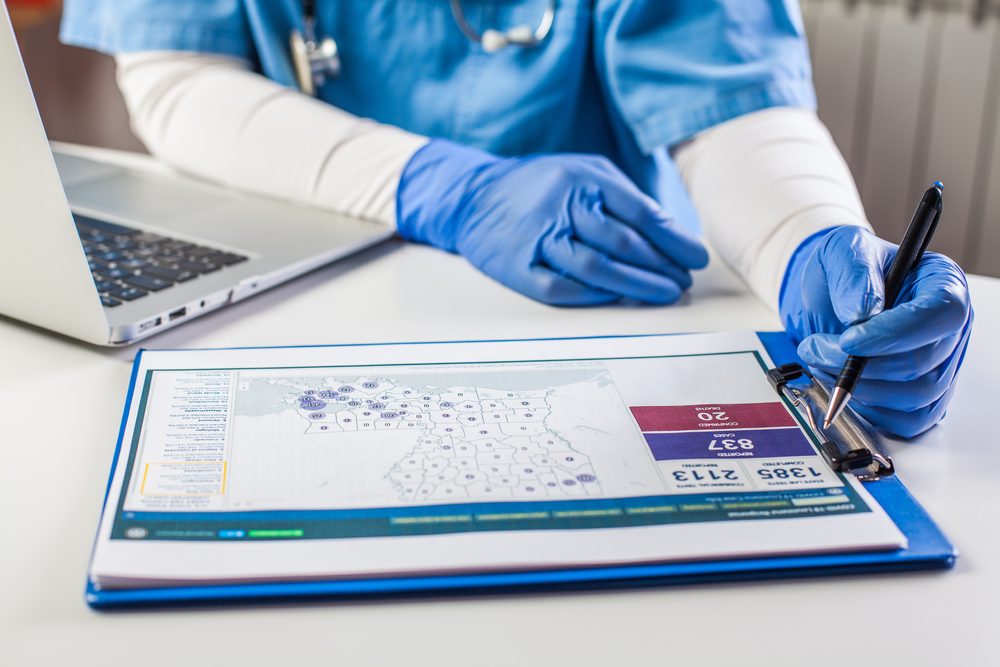Using natural language processing to extract structured epilepsy data from unstructured clinic letters: development and validation of the ExECT (extraction of epilepsy clinical text) system
1 April 2019
Beata Fonferko-Shadrach, Arron S Lacey, Angus Roberts, Ashley Akbari, Simon Thompson, David V Ford, Ronan A Lyons, Mark I Rees, and William Owen Pickrell
BMJ Open (2019) 9(4): e023232
doi: 10.1136/bmjopen-2018-023232
Abstract
Objective Routinely collected healthcare data are a powerful research resource but often lack detailed disease-specific information that is collected in clinical free text, for example, clinic letters. We aim to use natural language processing techniques to extract detailed clinical information from epilepsy clinic letters to enrich routinely collected data.
Design We used the general architecture for text engineering (GATE) framework to build an information extraction system, ExECT (extraction of epilepsy clinical text), combining rule-based and statistical techniques. We extracted nine categories of epilepsy information in addition to clinic date and date of birth across 200 clinic letters. We compared the results of our algorithm with a manual review of the letters by an epilepsy clinician.
Setting De-identified and pseudonymised epilepsy clinic letters from a Health Board serving half a million residents in Wales, UK.
Results We identified 1925 items of information with overall precision, recall and F1 score of 91.4%, 81.4% and 86.1%, respectively. Precision and recall for epilepsy-specific categories were: epilepsy diagnosis (88.1%, 89.0%), epilepsy type (89.8%, 79.8%), focal seizures (96.2%, 69.7%), generalised seizures (88.8%, 52.3%), seizure frequency (86.3%–53.6%), medication (96.1%, 94.0%), CT (55.6%, 58.8%), MRI (82.4%, 68.8%) and electroencephalogram (81.5%, 75.3%).
Conclusions We have built an automated clinical text extraction system that can accurately extract epilepsy information from free text in clinic letters. This can enhance routinely collected data for research in the UK. The information extracted with ExECT such as epilepsy type, seizure frequency and neurological investigations are often missing from routinely collected data. We propose that our algorithm can bridge this data gap enabling further epilepsy research opportunities. While many of the rules in our pipeline were tailored to extract epilepsy specific information, our methods can be applied to other diseases and also can be used in clinical practice to record patient information in a structured manner.



